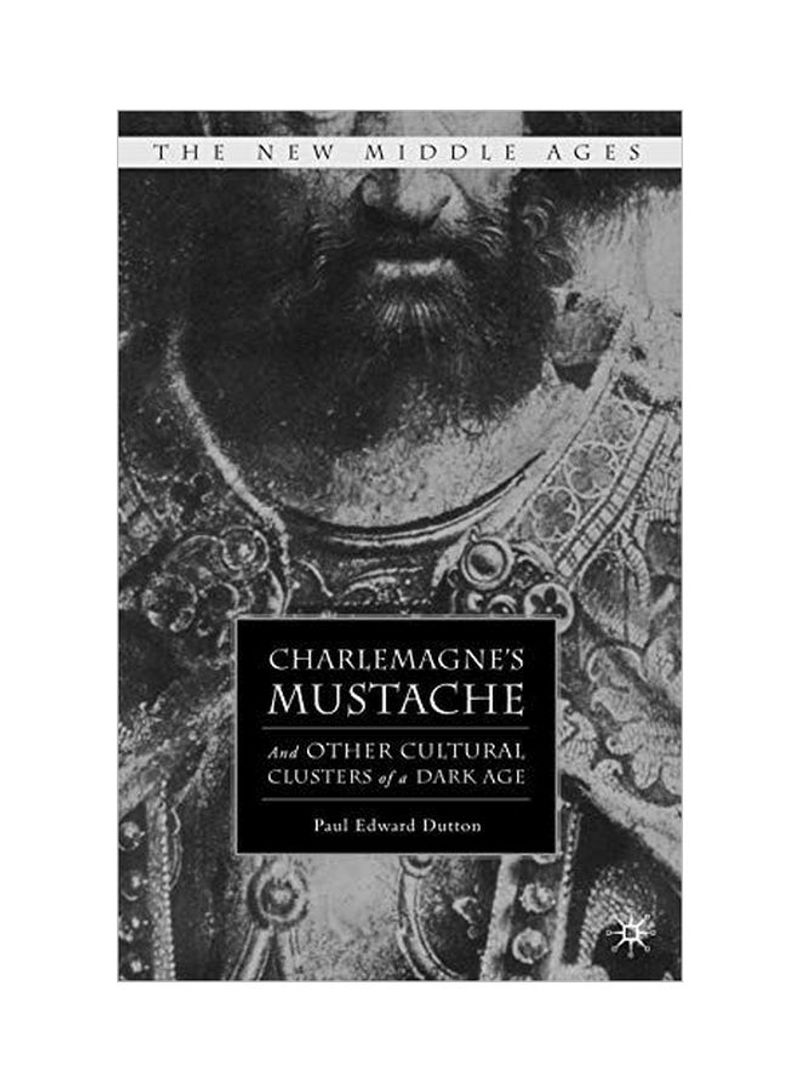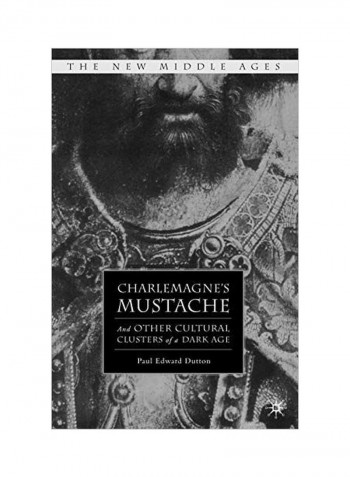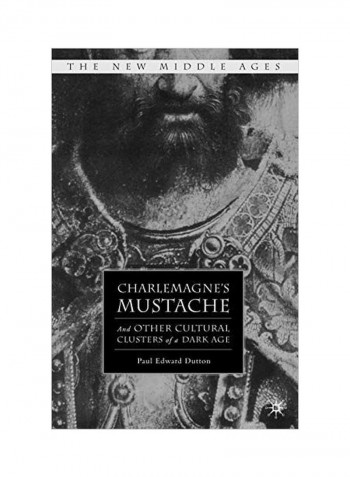Charlemagne's Mustache: And Other Cultural Clusters Of A Dark Age Paperback
Recommend
Sort by
Rating
Date
Specifications
Author 1
Paul Edward Dutton
Book Description
Charlemagne's Mustache presents the reader with seven engaging studies, 'thick descriptions', of cultural life and thought in the Carolingian world. The author begins by asking questions. Why did Charlemagne have a mustache and why did hair matter? Why did the king own peacocks and other exotic animals? Why was he writing in bed and could he write at all? How did medieval kings become stars? How were secrets kept and conveyed in the early Middle Ages? And why did early medieval peoples believe in storm and hailmakers? The answers, he found, are often surprising.
ISBN-13
9780230602472
Language
English
Publisher
Palgrave MacMillan
Publication Date
15 December 2008
Number of Pages
279
About the Author
Paul Edward Dutton is Professor of History and Humanities at Simon Fraser University.
Editorial Review
Dutton's acute observations of small, apparently insignificant details are illuminating, and, with the confidence of a scholar who has a real command of his subject, he gives all his readers here new insights into many of the obscure corners' of Charlemagne's world. - Speculum Applying profound erudition and an acute eye to small, seemingly insignificant details, Dutton illuminates a persistently obscure moment in European history. Dutton moves adeptly between written sources and pictures and invokes post-medieval parallels from Shakespeare to Gibbon to the Big Bang and discovers some important commonalities in unusual subjects - a pervasive anxiety about the natural world, for instance, residual paganism, and the need to structure social hierarchies. Even as he ponders the writing of history from materials as ephemeral as the etched wax tablets that are a leitmotiv in this wonderful book, he constructs a splendid new account that will be studied with profit and amusement by professional historians, students, and others interested in the formation of the Middle Ages. - Herbert L. Kessler, Professor of the History of Art, The Johns Hopkins University



